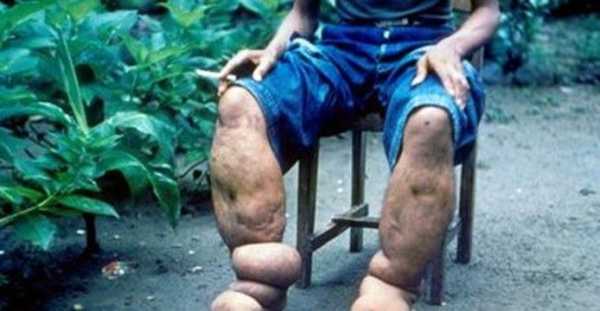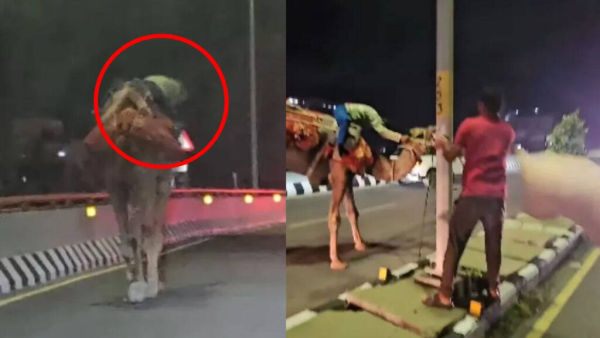
In the monsoon season, where the weather is pleasant on the one hand, on the other hand some diseases also start spreading rapidly. One such serious disease is filariasis. This especially spreads more in areas where there is a situation of waterlogging, dirt or floods – in villages and lower areas.
But what is filariasis? What is it to mosquitoes and water? And most importantly – how to avoid it? Let’s know in detail.
 What is filariasis?
What is filariasis?
Filaria is an infectious disease caused by Wucreria Bancrofti.
In this disease, the lymphatic system of the body is affected, which causes fluid to freeze in the body and can change the swelling, fever and the texture of the organs.
If not getting timely treatment, this disease can cause severe inflammation in the feet, arms, testicles or female genitals, which can make the patient’s life very difficult.
 How does filaria spread?
How does filaria spread?
Filaria is spread through mosquitoes. These mosquitoes transport the filaryal warms from one person to another.
When the infected mosquito bites someone, this parasitic enters the body and infects the lymphatic system.
The main task of this system is to keep the fluid balanced in the body and protect against diseases. But filariasis deteriorates this system and starts excessive swelling and infection.
What are the symptoms of filariasis?
Symptoms of filaria emerge gradually, but if not paid attention to time, they can be very painful:
Abnormal swelling
Fever and headache
Scorpion
Breasts and genitals in women
Tiredness and heaviness in the body
How to avoid filariasis?
Filaria currently has no vaccine, but you can avoid it by taking some precautions:
क्या Mosquito prevention:
Sleep with mosquito nets
Wear clothes covering body
Smoke neem leaves
Use mosquito -fasting creams or coils
क्या Cleaning around:
Do not allow water to accumulate
Water not stopped in coolers, tires, pots
Get the drainage clean
Get paste control periodically
Now ads will also be seen on whatsapp, know where and how this new change will be found




